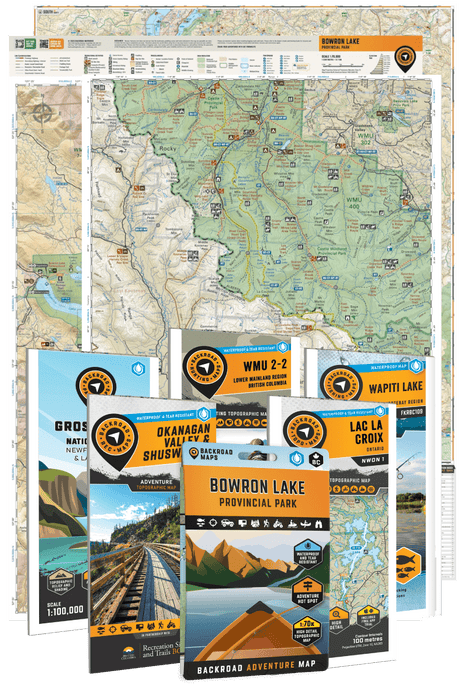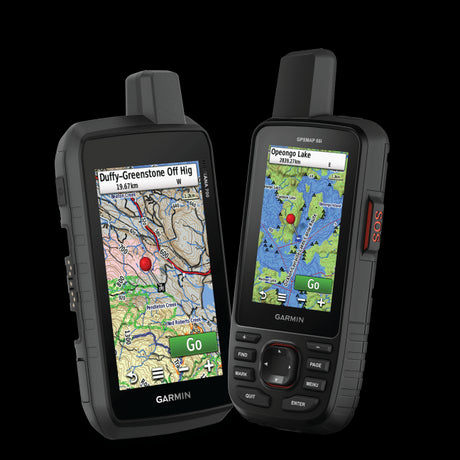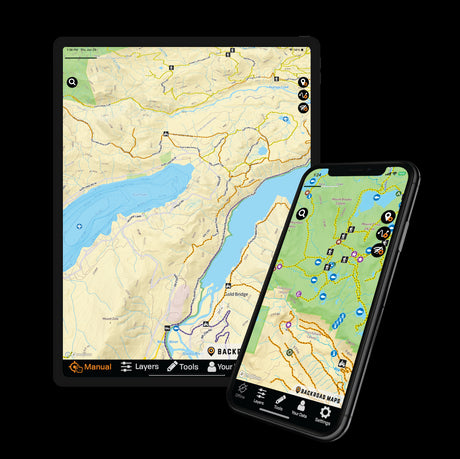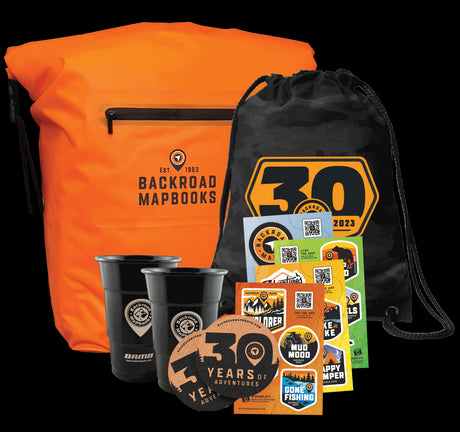Earth Day, first held on April 22, 1970, was launched to demonstrate support for environmental protection. Fast forward to 2020 and a range of events, coordinated by EARTHDAY.ORG, celebrated the 50th Anniversary with online (due to COVID) activities that included 100 million people in over 193 countries!
While Earth Day is a worldwide event, it really is each of our own individual actions that make the difference. There are countless ways to contribute to the health of the planet. Some are truly just common sense.
Eat organic, eat local and eat in season. Use low-energy light bulbs and lower your thermostat. Compost, consign and recycle. Walk, cycle or take public transport whenever possible. Pick up one piece of garbage each day. All simple and easy to do!

No Trace Outdoor Travel Tips
How can we help the earth and leave no trace when we head outdoors? Here are a few suggestions:
Plan Ahead and Prepare
Proper trip planning not only helps adventurers accomplish trip goals safely but simultaneously minimizes damage to the land. Pre-trip knowledge of weather, terrain, regulations, group hiking speed, and even fire bans mean explorers are prepared for any and all contingencies, avoiding the degradation of backcountry resources.

Meal Planning
Planning for one-pot meals and light-weight snacks requires a minimum of packing and preparation time, lightens loads and decreases garbage. A bonus of these principles results in reduced trash, reduced pack weight (meaning faster hiking and less fatigue) and the reduced dependence on campfires for cooking. If you need to use a campfire, keep it small and consider the damage to the ground and/or rocks the fire is set on. Black scars remain for many years!

Travel and Camp on Durable Surfaces
Plan to stay on trails whenever hiking. Walking off-trail damages surface vegetation, resulting in barren areas and erosion. When there is no trail, try to travel on rock, sand and gravel or ice and snow and spread out, dispersing the impact of following in each other’s footsteps. When you need to make your way across vegetation, choose areas with durable vegetation such as dry grasses. Avoid flagging or marking trails, use a GPS with Backroad Mapbooks maps or the BRMB Map App to track your route instead. Use already established campsites as much as possible and naturalize the site when it's time to break camp.

Dispose of Waste Properly
Catholes are the most widely accepted method of waste disposal and should be at least 60 metres (200 ft) from water, trails and camp. Holes should be 15-20 cm (6-8 inches) deep and 10-15 cm (4-6 inches) wide. Ideally, a portable waste bag should be used where hikers can pack out their own waste (this is becoming a requirement in many backcountry locations). Be sure to pack out any other items including toilet paper and tampons.

Those in four-wheel-drive vehicles, ATV’s or motorbikes
Travel only in open areas, travel straight up and down hills, drive over, not around obstacles, straddle ruts, gullies and washouts, and avoid mud and wheelspin. Stop frequently and scout ahead to avoid trail damage, and always use a tree strap to protect vegetation when winching.

Finally, while not a necessity to protect the earth, leave everything you find, respect wildlife, keep pets under control at all times, and be considerate of others.
We only have one planet, let’s all do our part to take care of the environment and make a difference. Not only Earth Day, but every day!

Looking for more information to reduce your impact on the environment while exploring the backcountry?
Visit Tread Lightly (treadlightly.org) or Leave No Trace Canada (leavenotrace.ca). For other Earth Day ideas, visit earthday.ca.







